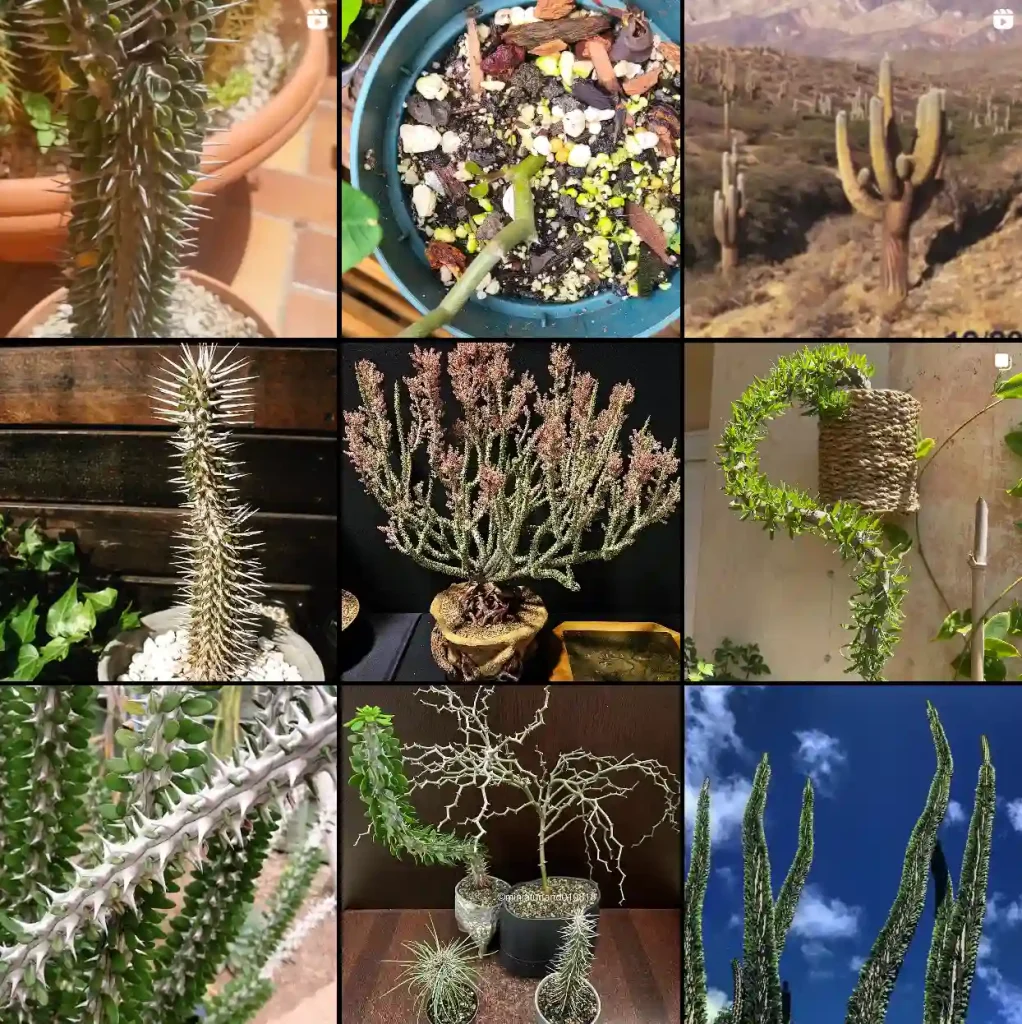
Frequently Asked Questions About Honey Locust Trees
Honey Locust trees are fascinating additions to landscapes. I’ve always been intrigued by their unique characteristics, so I’ve gathered some of the most common questions about them. Whether you’re considering planting a Honey Locust or you’re just curious about this tree, here’s a detailed look at what you need to know.
14 Species in Genus Gleditsia
What is a Honey Locust Tree?
The Honey Locust (Gleditsia Triacanthos) is a deciduous tree native to North America. It’s well-known for its delicate, fern-like foliage and thorny branches. However, there are thornless cultivars like the Sunburst and Shademaster, which are popular in urban landscapes. The tree can grow up to 30-70 feet tall, with a spread of about 30-50 feet, making it a favorite for providing shade.
How Fast Does a Honey Locust Tree Grow?
One of the standout features of the Honey Locust is its rapid growth rate. On average, these trees can grow about 2 to 3 feet per year under optimal conditions. This fast growth rate is why they’re often used in reforestation projects and for quick shade in gardens and parks.
When Do Honey Locust Trees Bloom?
Honey Locust trees produce small, inconspicuous greenish-yellow flowers in late spring to early summer. These blooms aren’t particularly showy, but they are quite fragrant and attract bees and other pollinators. The flowers eventually give way to long, twisted seed pods that can grow up to 18 inches in length.
Are Honey Locust Trees Poisonous?
Honey Locust trees are not considered poisonous to humans or animals. However, it’s essential to be cautious with the seed pods, especially around pets and livestock. While they are not toxic, large quantities of seeds can cause digestive upset. It’s always a good idea to keep an eye on children and pets around these trees.
Is Honey Locust Edible?
Yes, parts of the Honey Locust tree are edible. The seeds and pods contain a sweet, edible pulp that was traditionally used by Native Americans and early settlers as a food source. However, the seeds themselves are hard and generally not eaten. While the pulp is edible, it’s not commonly used in modern cooking.
Is Honey Locust a Hardwood?
Honey Locust is indeed classified as a hardwood. Its wood is dense, strong, and durable, which makes it suitable for various uses. It’s commonly used in making furniture, fence posts, and even small craft items. The wood’s durability also makes it a good choice for outdoor use.
Is Honey Locust Good Firewood?
Absolutely, Honey Locust is excellent firewood. It has a high heat output and burns slowly, making it a preferred choice for many who use wood for heating. Its wood is dense, so it can be a bit challenging to split, but it’s worth the effort for the long-lasting fire it provides.
Are Honey Locust Tree Roots Invasive?
Honey Locust trees have a vigorous root system that can become invasive if not managed properly. The roots can spread far and wide, which sometimes leads to problems with sidewalks, foundations, and underground pipes. If you’re planting a Honey Locust, it’s best to give it plenty of space away from buildings and other structures.
Honey Locust vs. Black Locust
A common point of confusion is distinguishing between Honey Locust and Black Locust trees. Both are members of the legume family, but they have some key differences. Black Locust trees (Robinia pseudoacacia) have more prominent, fragrant white flowers and generally thicker, more rugged bark. Honey Locust trees, on the other hand, have more delicate leaves and less pronounced flowers. Additionally, Black Locust wood is rot-resistant, making it a popular choice for fence posts and outdoor construction.
Honey Locust vs. Kentucky Coffee Tree
The Kentucky Coffee Tree (Gymnocladus dioicus) is another tree often confused with the Honey Locust. Both trees produce large seed pods, but the Kentucky Coffee Tree’s pods are shorter and thicker. The Kentucky Coffee Tree also has larger, compound leaves and a more coarse bark. Both trees are hardy and can thrive in various soil types, but Honey Locusts tend to grow faster and are more commonly used in landscaping.
Honey Locust vs. Mimosa
Mimosa trees (Albizia julibrissin), with their fluffy pink flowers and fern-like leaves, can sometimes be mistaken for Honey Locusts. However, Mimosa trees are much smaller, usually only growing up to 20-40 feet tall. They also have a more tropical appearance and are less cold-hardy than Honey Locusts. Mimosa trees are known for their invasive tendencies, spreading easily in favorable climates, whereas Honey Locusts, while having an extensive root system, are not as aggressive in spreading.
How to Care for a Honey Locust Tree
Caring for a Honey Locust tree is relatively easy. These trees are drought-tolerant once established and can thrive in various soil types, including poor, sandy, or compacted soils. They prefer full sun and need little pruning. However, removing any suckers and dead or damaged branches is good practice to maintain the tree’s health and shape.
Common Problems with Honey Locust Trees
Honey Locust trees are generally resilient but can face issues such as canker, leaf spot diseases, and infestations from insects like webworms and borers. Regular monitoring and good care practices, such as proper watering and avoiding injury to the tree, can help prevent these problems.
Benefits of Planting Honey Locust Trees
Honey Locust trees offer many benefits. They provide excellent shade with their dappled sunlight, which allows grass to grow beneath them. They’re also great for soil erosion control due to their extensive root systems. Additionally, their fast growth and adaptability make them suitable for urban environments and large landscapes.
Honey Locust trees are versatile and resilient, making them a popular choice for various landscapes. Whether you’re interested in their aesthetic appeal, practical uses, or ecological benefits, these trees have much to offer. As with any plant, understanding its characteristics and needs is key to ensuring it thrives in your garden or landscape.
If i die, water my plants!



